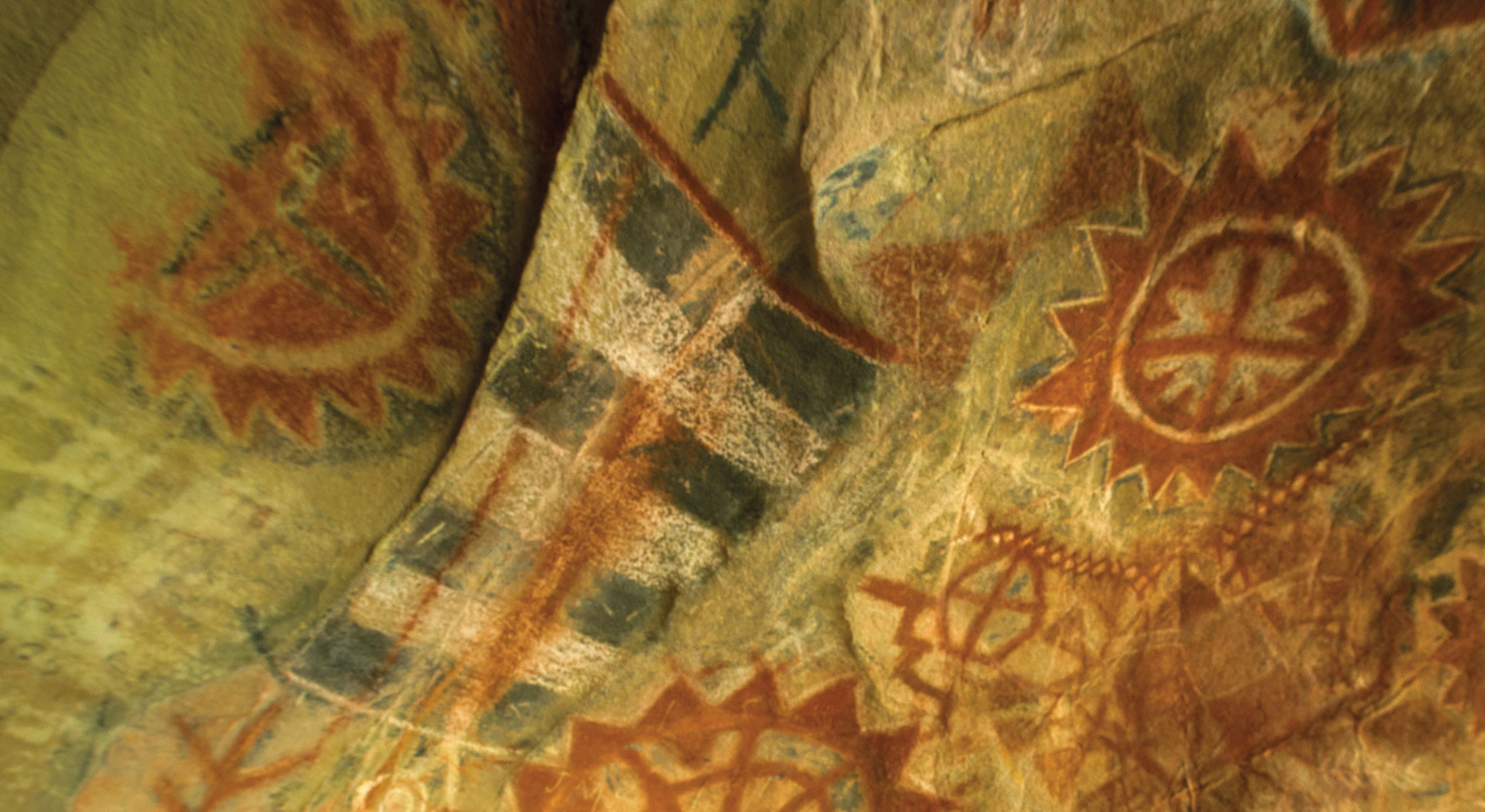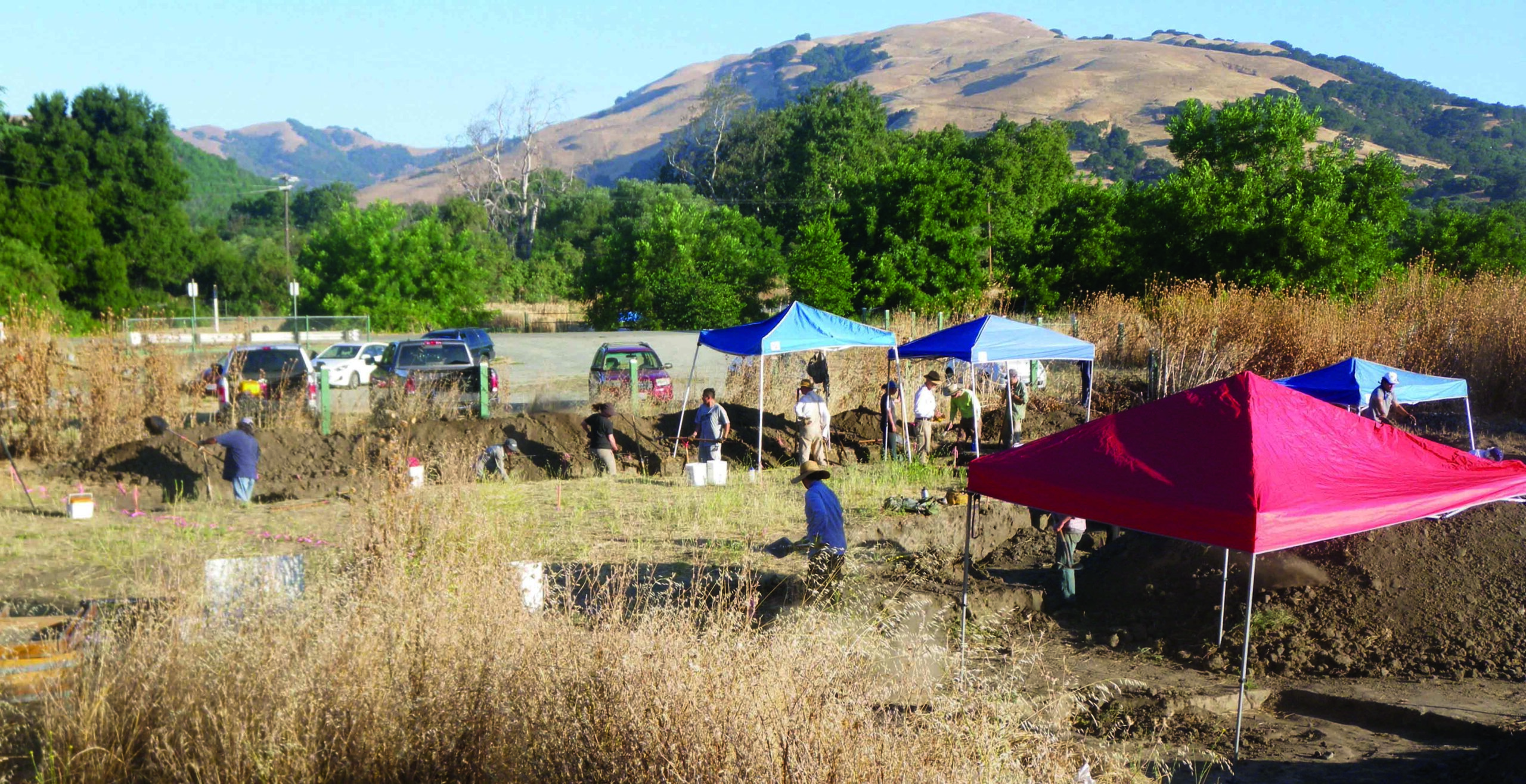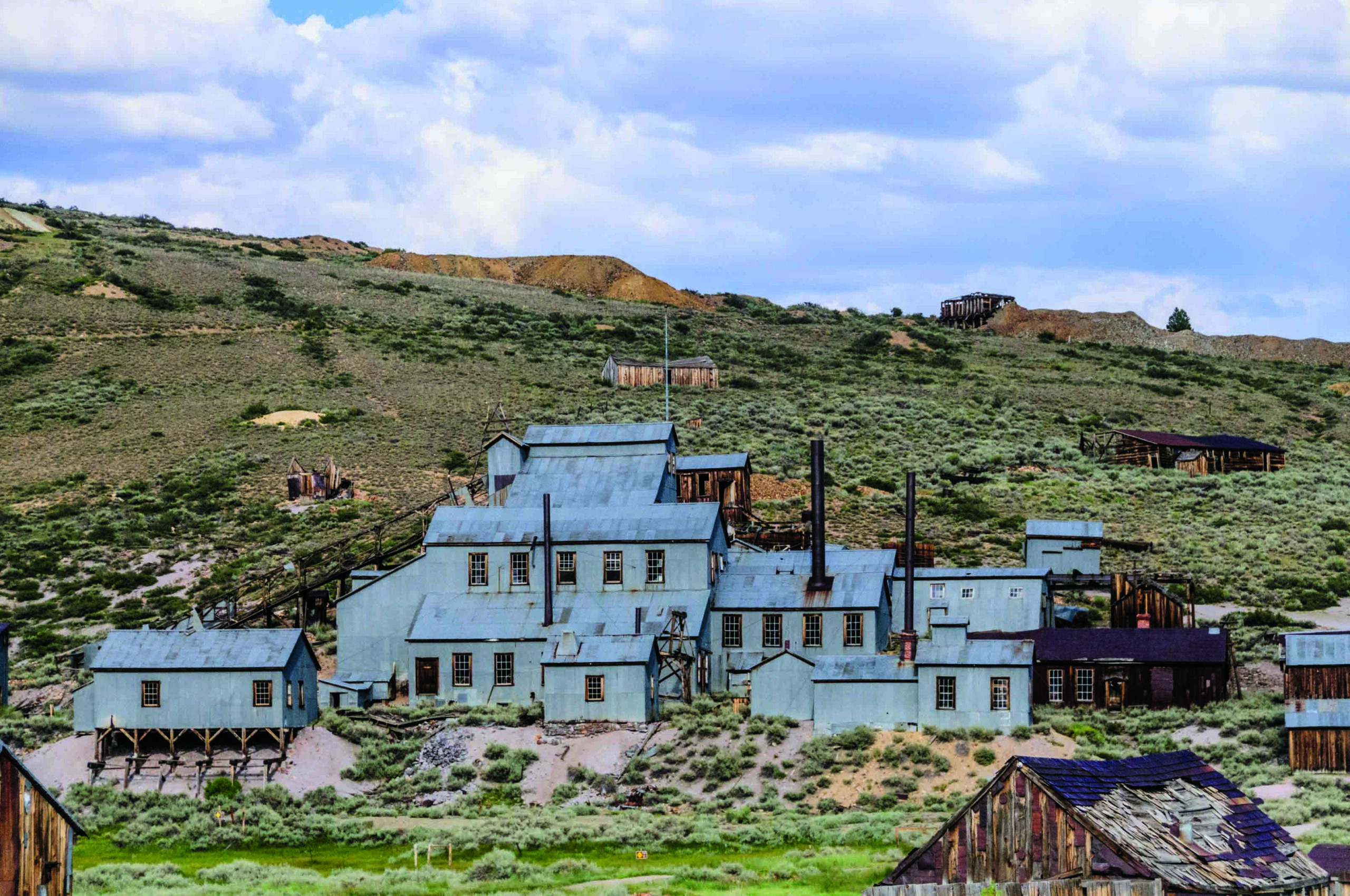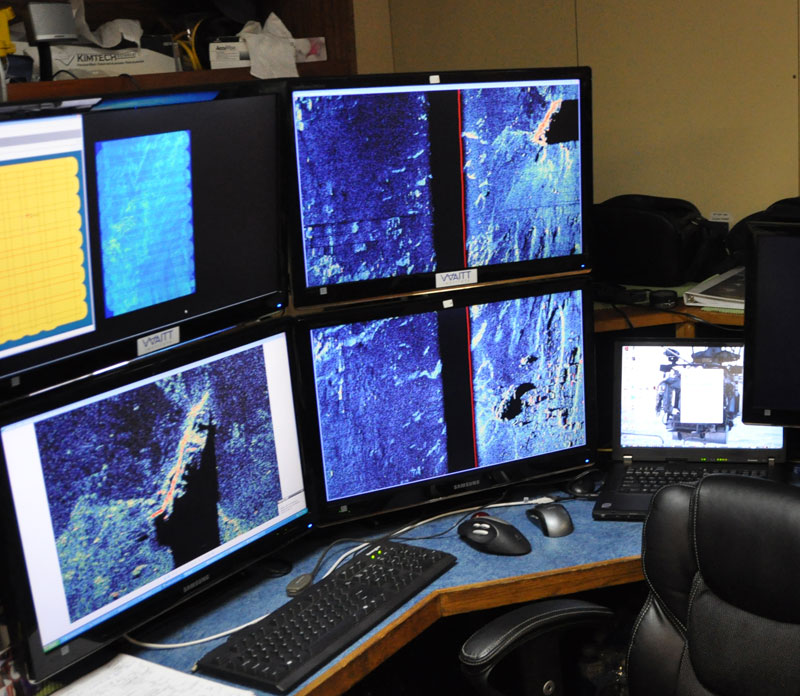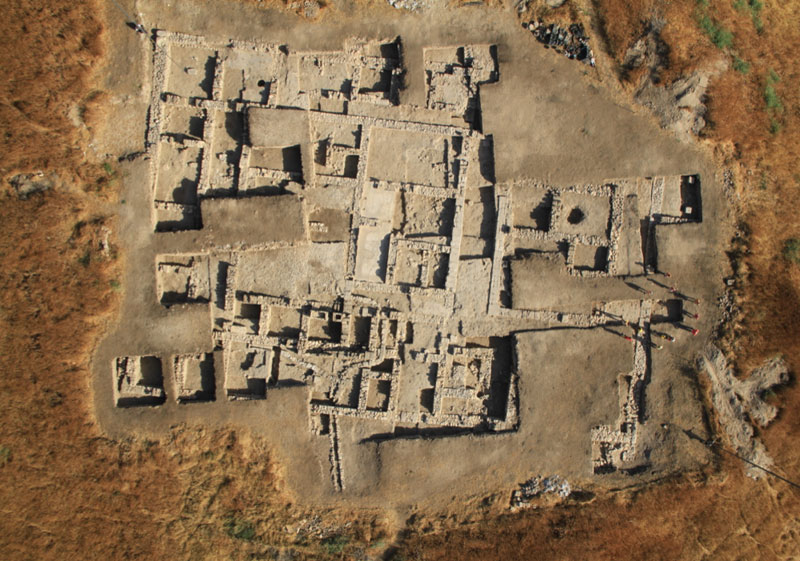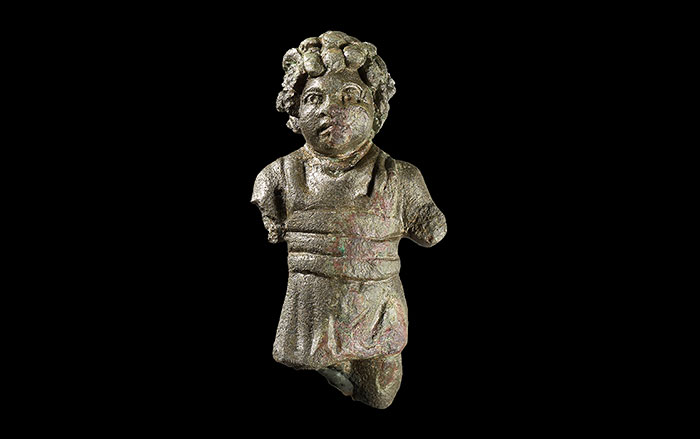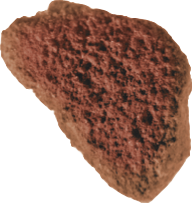The Native American perspective on a notorious chapter in American history is being revealed by the excavation and study of a pioneer campsite
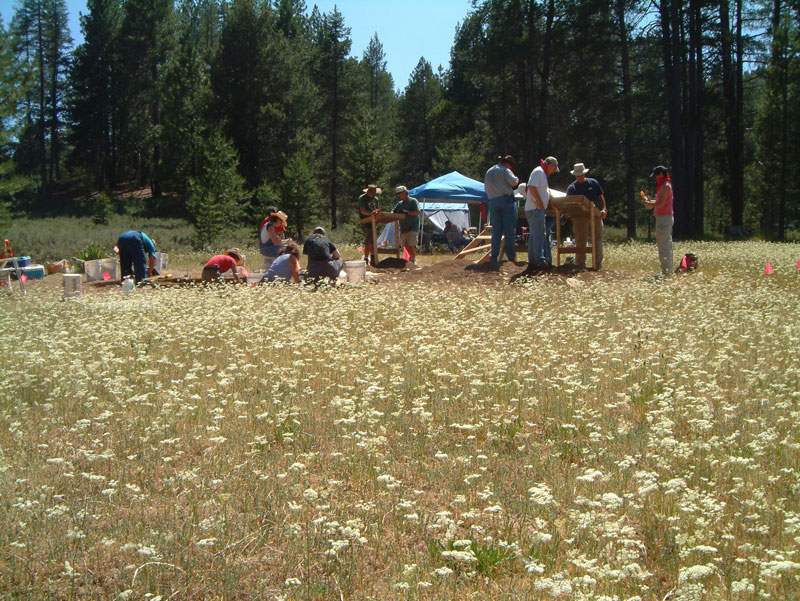
In late October 1846, an early snowstorm stranded 22 men, women, and children in Alder Creek meadow in California's Sierra Nevada. The squall came on so fiercely and suddenly that the pioneers had just enough time to erect sleeping tents and a small structure of pine trees covered with branches, quilts, and the rubber coats off their backs. Living conditions were crowded, and their wool and flannel clothes were useless against leaks and the damp ground. As time passed, seasoned wood became so hard to find that the stranded pioneers, known as the Donner Party, were often without fire for days. Huddled under makeshift shelters, the migrants ate charred bone and boiled hides until they turned to more desperate measures to survive. Today the people of the Donner Party are remembered for cannibalizing their dead in a last-ditch effort to survive.
Almost 10 years ago, I arrived at Alder Creek meadow, a few miles outside of Truckee, California, with my excavation codirector Kelly Dixon, of the University of Montana, and a team of colleagues to search for archaeological evidence of that miserable winter. The story of the Donner Party is a familiar tale, well known from the accounts of survivors and rescuers. But, as in many cases, archaeology provided a different perspective and forced us to reevaluate what we thought we knew about this dark chapter in Western history.
The Donner Party was a wagon train of about 80 pioneers who set out for California from Independence, Missouri, in 1846. Hoping to make the Sacramento Valley by autumn, they fell behind schedule after taking an untried shortcut through the Great Salt Lake Desert. When an October snowstorm hit, the party was just 100 miles from their destination. Most of the migrants sought shelter in cabins near Truckee Lake (now Donner Lake), while the families of brothers George and Jacob Donner, their teamsters, and trail widow Doris Wolfinger made the decision to winter at Alder Creek.
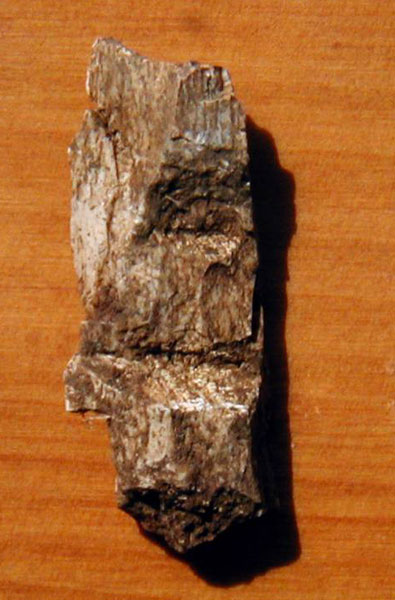
By the time the pioneers were found in late February 1847, half the members of the Donner Party had died. Both survivor and rescue party accounts note human bodies disarticulated and butchered. Survivor Jean Baptiste Trudeau, George Donner's hired hand, admitted to eating the remains of his employer's four-year-old nephew. Even before the last survivor made it out of the mountains, the California Star newspaper wrote, "A woman sat by the body of her husband, who had just died, eating out his tongue; the heart she had already taken out, broiled, and eat [sic]!" But as with many tales of the Wild West, there are deeper and more complex truths to be found in the four months the Donners spent trapped. Our archaeological investigations revealed the nuances of daily life, the party's mounting desperation, and, surprisingly, that these unfortunate migrants were not alone in the mountains.
The approximate location of the Donner Party encampment at Alder Creek has been known since the late nineteenth century, but the precise camp spot had never been pinpointed. Don Hardesty, an archaeologist and professor emeritus at the University of Nevada, Reno, searched for the site in the 1980s and early 1990s. Using metal detectors, he found a mid-nineteenth-century site there, but was cautious about declaring it the Donner camp in the absence of human bones or any remains of a campfire. Building off his work, my research focused on the layout of the camp, close study of the pioneers' fragmented belongings, and identifying evidence of cannibalism. One can imagine the morbid appeal of discovering human bones with butchery marks among other, more genteel artifacts such as floral decorated teacups, but I felt uncomfortable and even guilty about considering the grim possibilities. Part of this anxiety comes from being a Generation X archaeologist trained in the age of NAGPRA (Native American Graves Protection and Repatriation Act), a federal law that protects Native American graves. Both the government and my mentors taught me to avoid burial sites. Though I understood the legal and logistical reasons for this, only when I began to work as a professional archaeologist did I appreciate the Native American perspective. My work with Pacific Northwest tribes taught me a respect for their culture that changed my approach to human remains, regardless of ancestry. So before digging at Alder Creek, I turned to the person who taught me the most about Native American culture, Jeff Van Pelt, a member of the Confederated Tribes of the Umatilla Indian Reservation in Oregon.
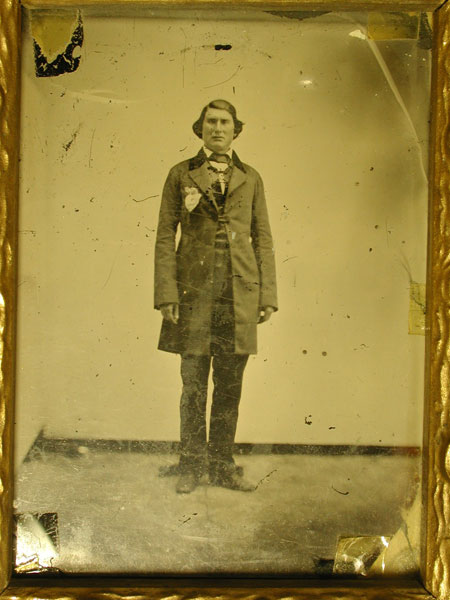
Van Pelt knows the story of the Donners, but he held a different viewpoint than I did. From my European-American perspective, the Donners were an unfortunate, hard-luck chapter in the otherwise heroic tale of pioneers who settled the American West. I pictured hundreds of wagons, packed full of provisions, with calico-clad children bouncing along the Oregon Trail to a better life. Not unexpectedly, Van Pelt saw the story of the Donners—and all westward expansion, for that matter—as a self-serving expedition for land and wealth. To him, their troubles were symptomatic of greed rather than bad luck.
Van Pelt urged me to seek out the wel mel ti, or the tribe now known as the northern Washoe, to ask what their oral history says of the Donners. "They were there, and probably saw them," he said. Van Pelt also warned me against the negative energy that lingers in such places of suffering. He removed from his neck an elaborately carved shell pendant given to him by a Florida shaman. On it, two animal spirits, called sp"lya ("coyote" in the Sahaptin language), danced, actively creating order from chaos. It would protect me through the turmoil of the Alder Creek dig, Van Pelt said.
Months before arriving in California, I studied maps, historical narratives, and the notes from earlier archaeological investigations. Hardesty had found the eastern edge of the site, but not its western extent, so we planned to move from the known to the unknown. The first shovelfuls of dry soil were sterile, but inches below, we began to find glass shards, once part of beverage and sauce bottles, mixed with fragments of decorated and blue shell-edge teaware. We also discovered a particularly riveting artifact—a small piece of writing slate, possibly used by the Donner children or adults in camp to make notes, figure math problems, practice letters, or just doodle. This nineteenth-century notepad may have helped the children pass the time, and perhaps even made their situation feel a little more normal. Deeper in the soil, just below these more recently discarded objects, we found Native American stone tools—large basalt flakes and bifaces that reminded us who was there first.
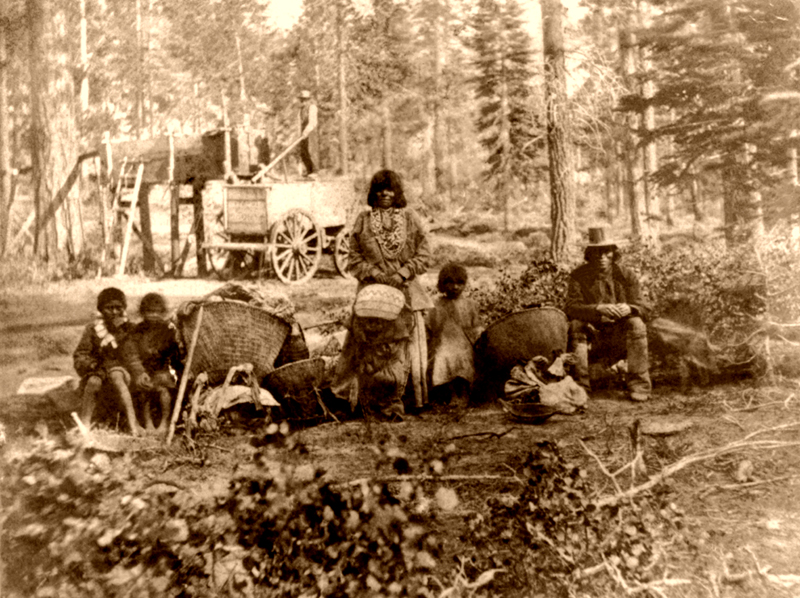
The soil that held pioneer-era artifacts contained occasional pockets of ash and charcoal that gave me hope that an elusive Donner hearth might be near. As our team pushed south through the site, the soil became more ashy, and larger pebbles and pieces of lead shot appeared. My trowel followed the edge of a dark charcoal stain with a thin layer of ash: the hearth. Shannon Novak of Syracuse University, one of the team's bioarchaeologists, knelt beside me with a whisk broom, further delineating the feature. She exposed bone fragments that appeared larger than any we had seen before, and some exhibited cut, saw, and chop marks. As my trowel continued to scrape the edge of the charcoal, I discovered a large ceramic plate sherd, face down. Everyone gathered around as I picked up the fragment from the exact place it was broken by one of the Donners. A "hooray" rang out as I turned the artifact over to reveal a scalloped edge rimmed with a vibrant cobalt-blue glaze. The hearth feature, approximately two by two-and-a-half feet, anchored our collection of artifacts that fanned out to the east. In addition to delicate ceramics—seemingly out of place in the wilderness, but right in line with a Donner campsite—the assemblage included wagon hardware, even horseshoe nails and oxen shoes, clear evidence that the animals that pulled the pioneers into the meadow never left it. At last, we had found our long-term pioneer campsite, but we were still looking for evidence of starvation and desperation. So we turned to the most abundant artifact on the site, bone.
The dig crew picked out thousands of tiny, calcined (burned) bone fragments from the site. Whenever we found a "big" bone—a piece at least the size of a thumbnail—I handed it over to our faunal analyst, Guy Tasa of the Washington State Department of Archaeology and Historic Preservation. I waited for each of his verdicts as he turned the bones around in his hand a few times, but all he ever said was, "Medium to large mammal." This frustratingly broad category includes everything from goats to buffalo, but in this region and context more likely represents cow, horse, deer, elk, bear …and human. We know from survivor accounts that the Alder Creek pioneers consumed the animals they brought with them, including cattle, horses, and perhaps even their faithful dog, Uno. When the last of the meat was gone, they turned to boiling animal hides and charring bone so they could eat the pieces by crunching them between their teeth.
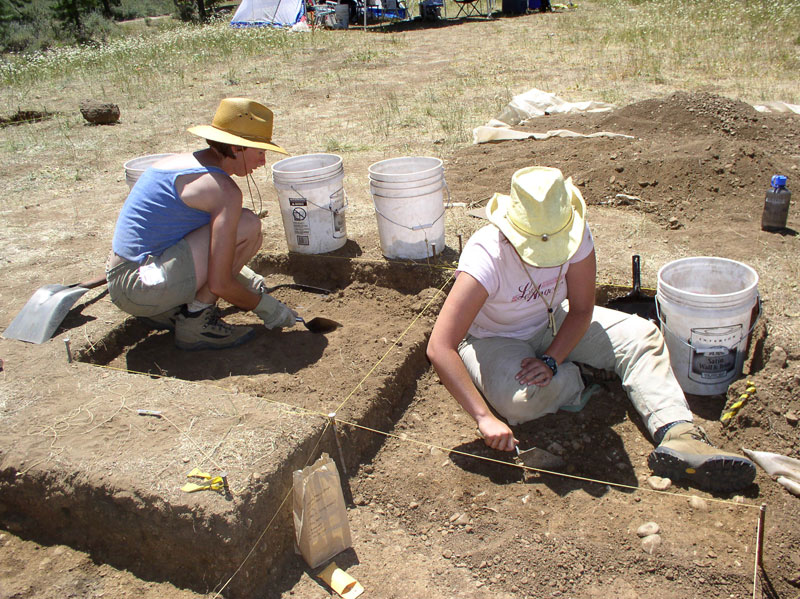

Back at the laboratory, with his collection of comparative bone samples at hand, Tasa listed the cuisine on the Donner Party desperation menu: small rodent, rabbit-sized animal, canine, cow, and deer. But no human. Only a very small percentage of the bone could be visually identified. Out of 16,204 bone fragments (5.03 pounds), over 13,000 pieces remained unidentified. Because I knew the faunal analysis would be a challenge, I sacrificed a few bone fragments to a DNA laboratory in California, but the results were inconclusive. The bone had been cooked and boiled before it spent over 150 years in acidic soil, degrading the DNA beyond detection even by twenty-first-century forensic technology. Tasa had another idea. Gwen Robbins Schug, an anthropologist at Appalachian State University, can identify animal species by observing bone structure. It is not a common method for archaeologists, but was worth a try.
Using an optical microscope to observe osteons, or the fundamental structural units of bone, Schug found 85 bone fragments that belonged to cow, deer, horse, and dog. But again, there were no human bones. This, of course, does not mean that the Donners did not practice cannibalism. Our excavations might have missed the human remains, or if the Donners ate only organs and flesh, leaving the bone unprocessed and unburned, the skeletons may have decomposed in the acidic soil. A third possibility is that the human bone simply remains undetected in our collection. Although the absence of identifiable human bone was an interesting problem, I was much more intrigued by what we did find: None of the survivor accounts from Alder Creek mention successfully hunting and killing rabbit or deer. We also found lead shot and sprue from lead casting, suggesting the pioneers had attempted to make ammunition for their guns. Perhaps one of the Donner Party members or rescuers had been successful at hunting wild game. But if the Donners found themselves too weak to hunt in the deep snow, or their aim was off, how could they have ended up eating these animals?
After the dig I returned home to Oregon, but there was one thing left to do. We still needed to check in with the wel mel ti, the northern Washoe, to learn if their ancestors passed down stories about the Donner Party. The wel mel ti are thought to have lived in that region for centuries, and Alder Creek was just miles from one of their villages. Although they usually wintered in lower elevations, living off food stores gathered throughout the year, it would not have been unusual for a wel mel ti to strap on a pair of round snowshoes, or shumélli, and go ice fishing or hunting on higher ground. We asked ethnographer Penny Rucks, who has more than twenty years of experience with the local tribes, to ask the wel mel ti if the pioneer tragedy had survived in their tribal narrative. Rucks reached out to Jo Ann Nevers and Lana Hicks, who agreed to share the wel mel ti story, with the understanding that they did so to honor their ancestors.
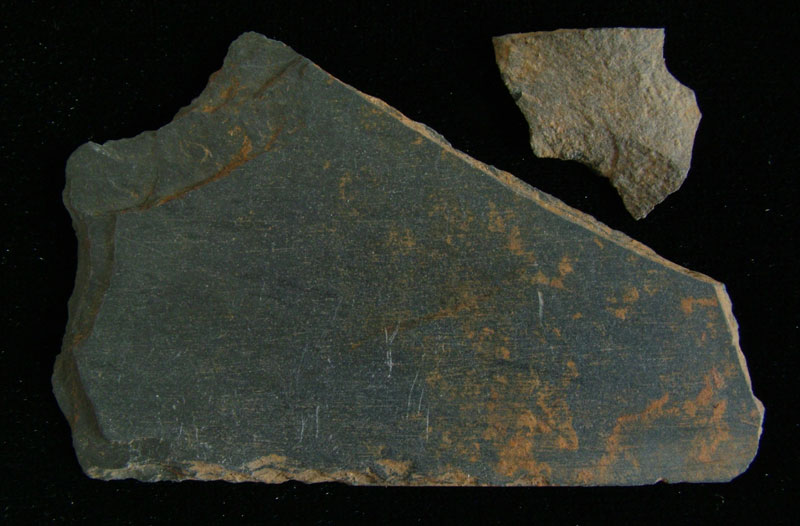
Until now the Native American perspective has been left out of the telling of the Donner tragedy, not because the wel mel ti did not remember the pioneers, but because they were never asked, or perhaps were not ready to share. Their oral tradition recalls the starving strangers who camped in an area that was unsuitable for that time of year. Taking pity on the pioneers, the northern Washoe attempted to feed them, leaving rabbit meat and wild potatoes near the camps. Another account states that they tried to bring the Donner Party a deer carcass, but were shot at as they approached. Later, some wel mel ti observed the migrants eating human remains. Fearing for their lives, the area's native inhabitants continued to watch the strangers but avoided further contact. These stories, and the archaeological evidence that appears to support them, certainly complicated my interpretation of the Donner Party event. The migrants at Alder Creek were not surviving in the mountains alone—the northern Washoe were there, and they had tried to help.
Historical archaeologists combine anthropology, history, and science to reconcile the human experience with archives, oral history, and physical evidence. More often than not, there are contradictions in these data, reminding us that we can never truly know the past. But when the pieces fit together, we are provided with possible scenarios of what may have taken place hundreds of years ago. In this case, the absence of cannibalized bone forced us to give up trying to answer who was butchered and how it was done. Instead, we had to find answers to questions about life in camp from the crumbs of domestic debris and animal bone. Our intense desire for information drove us to seek out cutting-edge technology and reach out to a group of people who I thought played only a peripheral role in this pioneer tragedy. When I considered the subtle archaeological findings within their proper cultural landscape, an unexpected narrative was born. This new perspective is one that I believe gives us a better understanding of what the Donners experienced and whom they met in the mountains during that notorious winter.
Julie Schablitsky is is a senior research archaeologist at the University of Oregon, chief archaeologist at the Maryland State Highway Administration, and an editor and contributing author of An Archaeology of Desperation: Exploring the Donner Party's Alder Creek Camp (University of Oklahoma Press, 2011).


